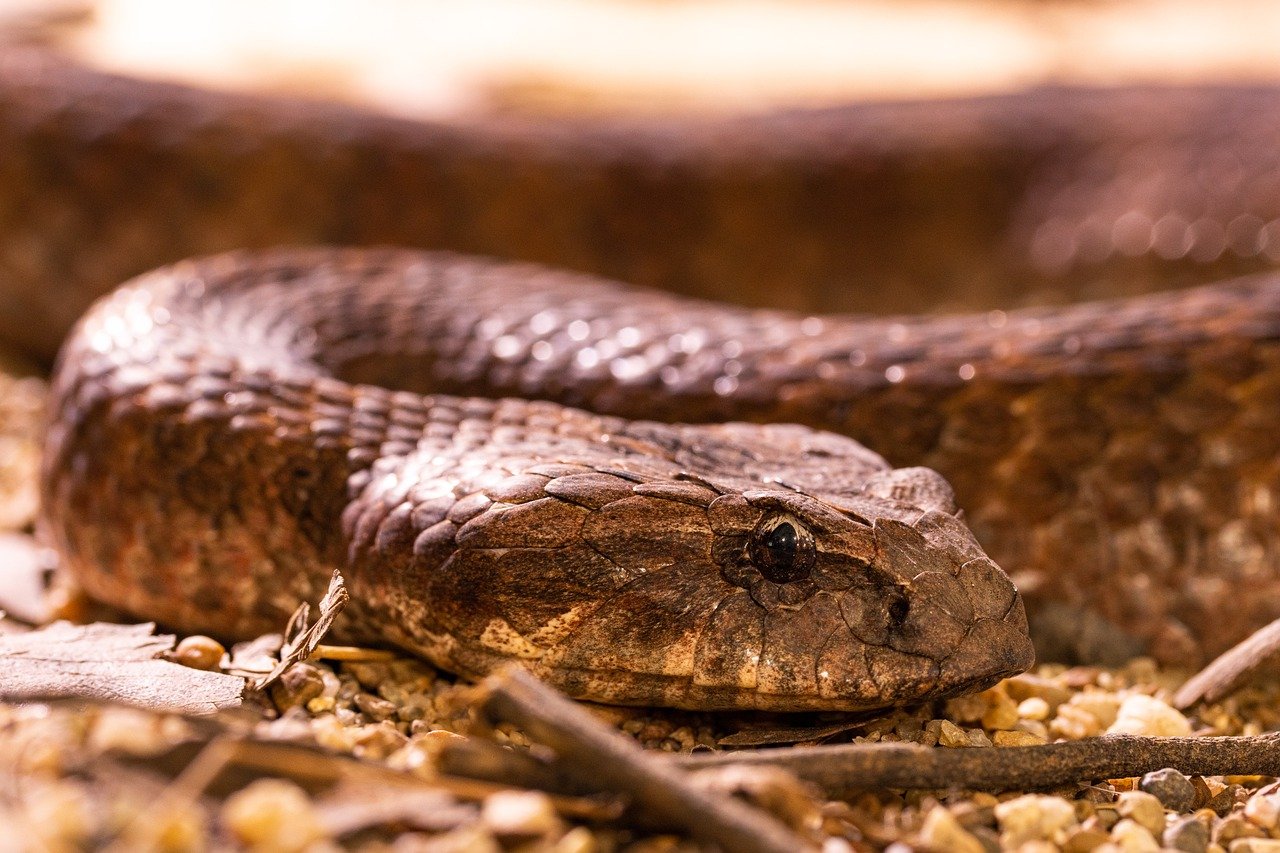Imagine stumbling upon a creature so captivating that it leaves you in awe. Well, prepare to be amazed by the Suriname Boa, a truly fascinating species. With its mesmerizing patterns and unique behaviors, this snake is a true marvel of nature. From its ability to adapt to a variety of habitats to its incredible hunting techniques, the Suriname Boa never fails to impress. Join us as we uncover the remarkable traits and characteristics that make this snake such a captivating creature.
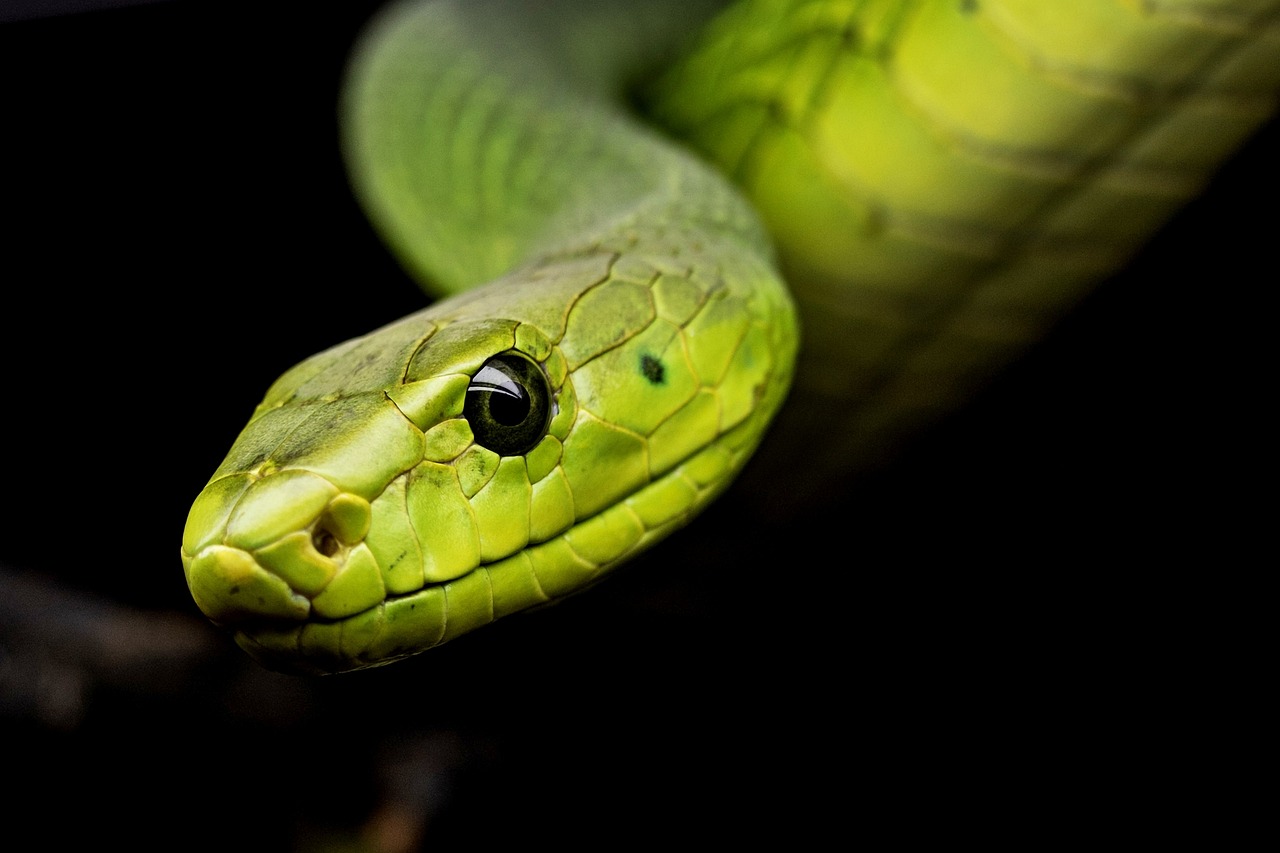
Overview of the Suriname Boa
The Suriname Boa, scientifically known as Boa constrictor imperator, is a captivating species of snake that is native to the lush tropical rainforests of Suriname, a small country located on the northeastern coast of South America. Renowned for its impressive size and striking appearance, the Suriname Boa has become an object of fascination for both researchers and reptile enthusiasts alike. In this article, we will delve into the various aspects that make the Suriname Boa such an extraordinary creature, including its physical characteristics, habitat and distribution, as well as its behavior and adaptability.
Appearance
One cannot deny the magnificence of the Suriname Boa when it comes to its appearance. These remarkable reptiles exhibit a stunning array of colors and patterns on their scales, making each individual unique in its own right. From vibrant hues of reddish-brown to deep shades of ebony, the coloration of the Suriname Boa serves as an excellent camouflage against the dense foliage of its rainforest habitat. What truly sets this species apart, however, is the intricate pattern of saddles and stripes that adorns its body. These markings, arranged in a symmetrical fashion, add to the beauty of the Suriname Boa and assist in its survival by providing effective camouflage.
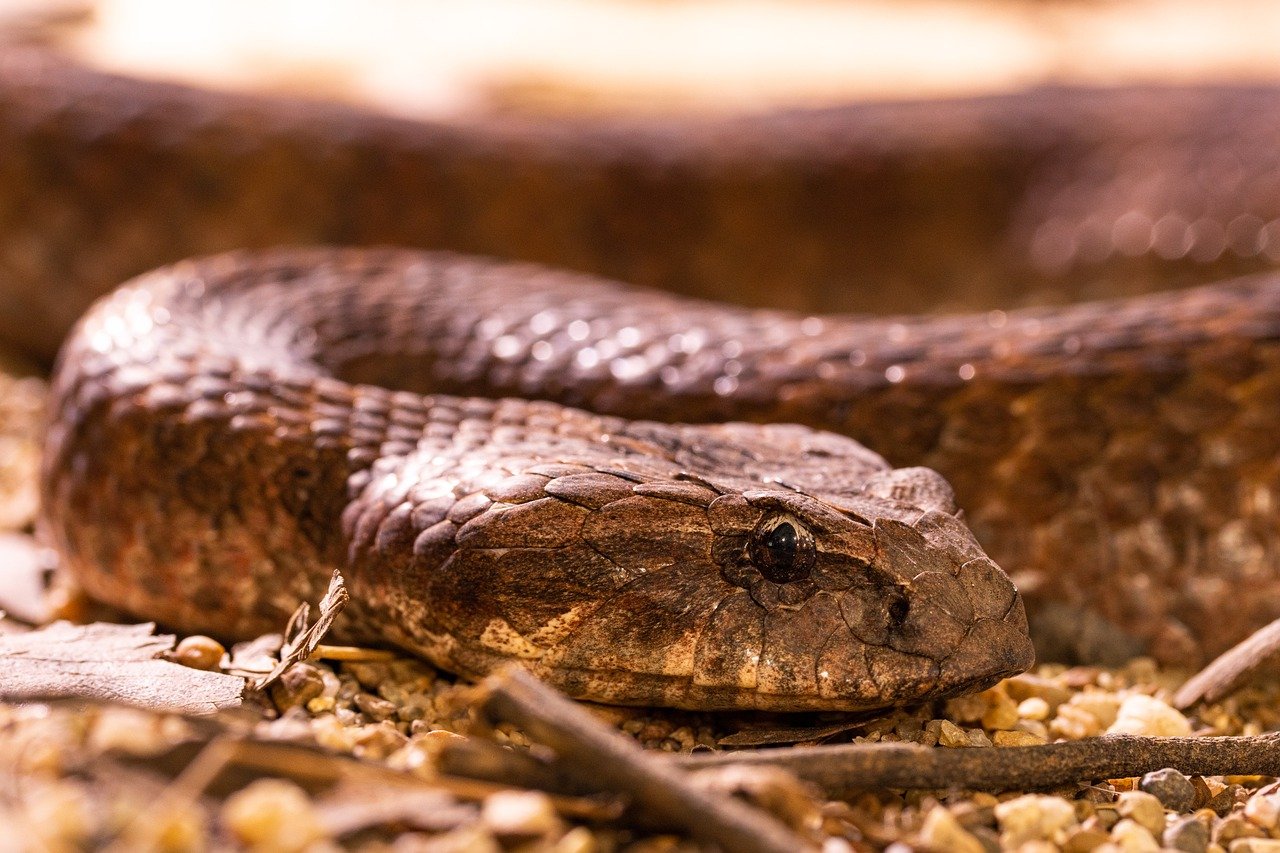
Habitat and Distribution
The Suriname Boa can be found primarily in the tropical rainforests of Suriname and other neighboring countries in South America. These reptiles thrive in the humid and warm climate that characterizes these regions, ensuring the availability of their preferred habitat. Within the dense foliage, the Suriname Boa can be found both on the ground and in the trees, demonstrating their adaptability to various microhabitats. From marshy swamps to mountainous regions, these boas have managed to establish a widespread distribution and can be encountered in a range of environments across their native range.
Behavior and Adaptability
The Suriname Boa exhibits several fascinating behavioral traits that contribute to its overall adaptability and success as a species. Primarily nocturnal creatures, these snakes are most active during the cover of darkness, allowing them to navigate their environment and hunt for prey with greater stealth. Their secretive nature and keen senses make them efficient hunters, with their diet primarily consisting of small to medium-sized mammals, birds, and reptiles. In terms of adaptability, the Suriname Boa has proven to be quite versatile, being able to survive in a variety of environments, including forests, grasslands, and even human-altered landscapes.
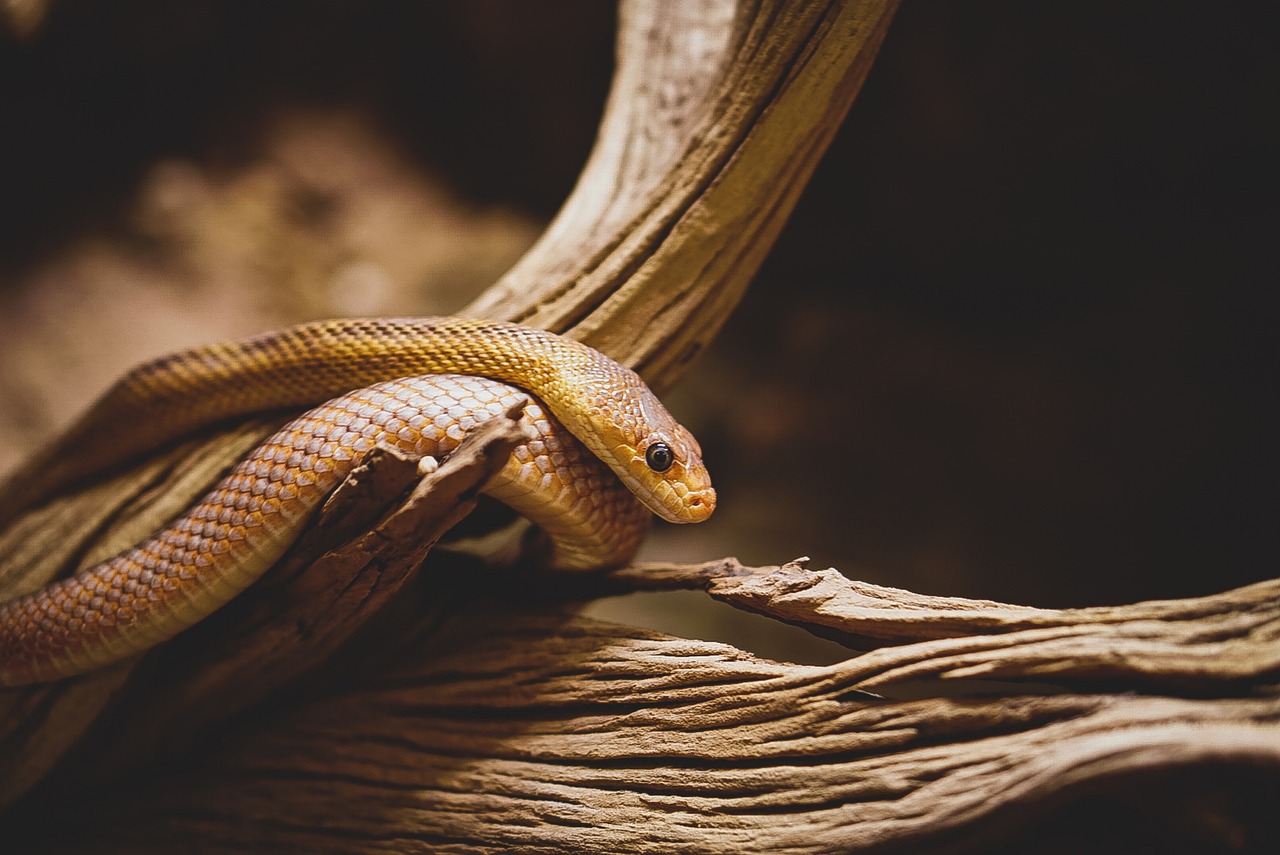
Physical Characteristics of the Suriname Boa
Size and Length
One of the most awe-inspiring aspects of the Suriname Boa is its size and length. These majestic snakes have the potential to reach impressive lengths, with adult females typically growing larger than males. On average, adult Suriname Boas measure between 6 to 10 feet in length, although there have been exceptional cases of individuals exceeding 12 feet. This substantial size is not only visually striking but also serves the purpose of assisting in the capture and subduing of prey. However, it is important to note that captive-bred individuals tend to be smaller in size than their wild counterparts.
Coloration and Patterns
The Suriname Boa displays a remarkable diversity in terms of its coloration and patterns. While the base coloration of these snakes is commonly reddish-brown to dark brown, the exact shade can vary between individuals. Additionally, the bodies of the Suriname Boa are adorned with a series of saddle-shaped markings that often have a light center and dark borders. Arranged in a symmetrical pattern, these saddles are complemented by a series of smaller dark spots and stripes that run the length of the snake’s body, adding to its overall aesthetic appeal.
Head Shape
The Suriname Boa possesses a distinctive head shape that plays a significant role in its predatory capabilities. Characterized by a broad and muscular head, these boas have a noticeable taper towards the snout. Within their mouths lie rows of sharp teeth perfectly adapted for seizing and immobilizing prey. Despite their formidable appearance, Suriname Boas are generally docile and non-venomous, relying on their constricting abilities rather than venom to subdue their prey. Their strong jaws and flexible skull enable them to consume prey items larger than their head.
Habitat and Distribution of the Suriname Boa
Natural Environment
The Suriname Boa is a resident of the tropical rainforests that dominate the landscape of Suriname and its neighboring countries. Within these lush and biodiverse ecosystems, the boas can be found in a variety of microhabitats, ranging from dense undergrowth to the canopy of the forest. They are particularly fond of environments with ample cover, such as fallen logs, crevices, and caves, where they can retreat for shelter and safety. With their ability to navigate both terrestrial and arboreal environments, these boas showcase their adaptability within their natural habitat.
Range and Distribution
The Suriname Boa has a relatively wide geographic distribution, encompassing not only Suriname but also parts of Venezuela, Guyana, Brazil, and French Guiana. Within this range, the boas can occupy a variety of ecosystems, including lowland rainforests, savannas, and even disturbed habitats like agricultural areas and plantations. The adaptability of the Suriname Boa to different environments has allowed it to establish a relatively stable population across its range, although localized threats and habitat fragmentation still exist.
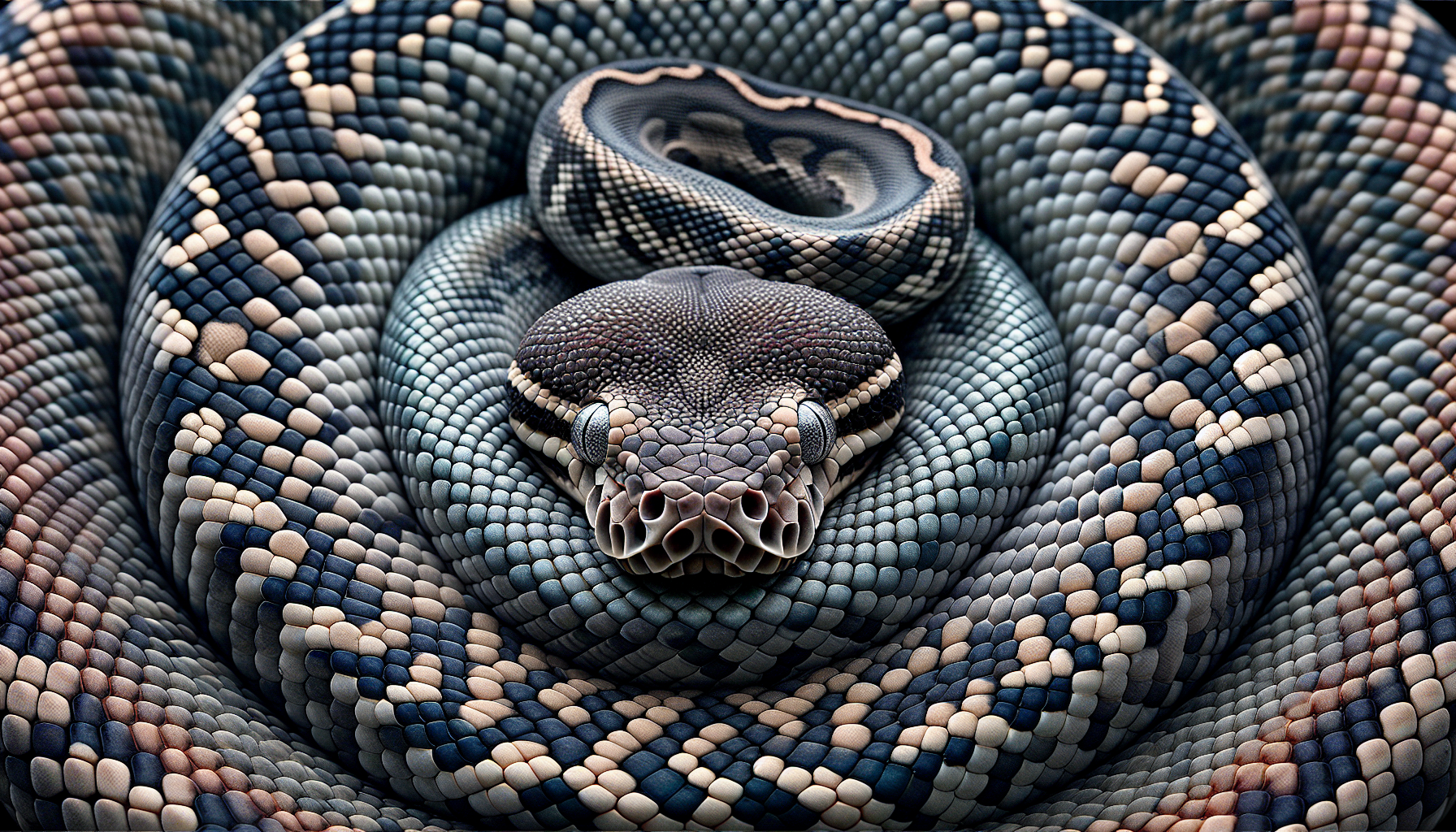
Behavior and Adaptability of the Suriname Boa
Nocturnal Behavior
The Suriname Boa is primarily a nocturnal species, meaning that it is most active during the nighttime hours. The cover of darkness offers several advantages for the boa, including increased protection from potential predators and an opportunity to hunt unsuspecting prey. By being active at night, the Suriname Boa can take advantage of the reduced activity of diurnal animals, giving them a hunting edge. During the day, they often seek shelter in concealed locations, such as tree hollows or underground burrows, to escape the intense tropical sun.
Predatory Habits
As a constrictor, the Suriname Boa employs a unique predatory strategy when hunting its prey. Instead of using venom, these boas rely on their muscular bodies to suffocate and immobilize their victims. Once a suitable prey item is located, the boa strikes with great accuracy, grasping the animal with its powerful jaws before wrapping its body around it in a vice-like grip. By constricting its coils around the prey, the Suriname Boa cuts off the circulation, causing the animal to lose consciousness and eventually succumb to its demise. This energy-efficient method of hunting allows the boa to capture relatively large prey that it can later consume at leisure.
Reproduction and Lifespan
The reproductive behavior of the Suriname Boa is a fascinating aspect of its life cycle. Breeding usually occurs during the dry season, with male boas seeking out receptive females for mating. After copulation, the female undergoes a gestation period that lasts approximately four to six months. Following this period, she gives birth to live young, rather than laying eggs as is common in many snake species. These neonates are self-sufficient from birth and must fend for themselves in the perilous rainforest environment.
When it comes to the lifespan of the Suriname Boa, there is still much to be studied. While accurate data is limited, it is estimated that individuals in the wild can live anywhere from 15 to 30 years, depending on various factors such as predation, habitat quality, and availability of prey. In captivity, with proper care and husbandry, Suriname Boas have been known to live well into their 30s and occasionally even beyond.
Threats and Conservation Efforts for the Suriname Boa
Hunting and Exploitation
Unfortunately, the Suriname Boa faces significant threats from human activities, including hunting and exploitation. Despite the species’ non-venomous nature, it is often subjected to persecution due to misconceptions and fear surrounding snakes in general. This indiscriminate hunting puts undue pressure on local populations, which can have severe consequences for the long-term survival of the species. Additionally, the Suriname Boa is sought after in the illegal pet trade, with individuals being captured and sold without regard for their conservation status.
Habitat Loss
The destruction of its natural habitat is another major concern for the Suriname Boa. Rampant deforestation, driven by agriculture, logging, and urbanization, has resulted in the loss of vast stretches of rainforest that once served as the boa’s home. As their habitat continues to diminish, the Suriname Boa, along with countless other species, faces the threat of displacement and reduced availability of resources. The loss of suitable habitat also increases the chances of encounters with humans, potentially leading to conflicts and further endangerment.
Conservation Initiatives
Recognizing the need to protect and conserve the Suriname Boa, various conservation initiatives have been implemented. These initiatives focus on educating local communities, employing sustainable land management practices, and enforcing legal protection for the species. Efforts are also being made to combat the illegal pet trade and raise awareness about the importance of these unique creatures as vital components of the ecosystem. By working together, researchers, conservation organizations, and government agencies strive to safeguard the future of the Suriname Boa.
Role of the Suriname Boa in the Ecosystem
Predator-Prey Relationships
As an apex predator within its ecosystem, the Suriname Boa plays a vital role in maintaining ecological balance. By feeding on a variety of prey species, including small mammals, birds, and reptiles, these boas regulate populations and prevent any one species from becoming overabundant. Additionally, the Suriname Boa acts as a natural form of pest control by consuming rodents and other small mammals that can cause agricultural damage.
Role in Maintaining Balance
In addition to predator-prey relationships, the Suriname Boa indirectly contributes to the balance of the ecosystem through the release of prey species that have been consumed. As they move through the forest, defecating in various locations, Suriname Boas help disperse seeds from the fruits and berries they have consumed. This process aids in the regeneration and dispersal of plant species, contributing to the overall health and diversity of the rainforest ecosystem.
Myths and Misconceptions about the Suriname Boa
Misidentification and Fear
One of the most prevalent myths surrounding the Suriname Boa, and snakes in general, is that they are dangerous and aggressive creatures that pose a threat to humans. While it is true that these boas have the potential to deliver a powerful constricting squeeze, they rarely pose any danger to human beings unless provoked or handled inappropriately. Unfortunately, misconceptions and irrational fear have fueled the unnecessary persecution of these magnificent creatures.
Cultural Beliefs
Cultural beliefs and traditional practices have also contributed to the misconceptions surrounding the Suriname Boa. In some communities, snakes, including boas, have been associated with supernatural or malevolent forces. This cultural bias against these reptiles has hindered conservation efforts and perpetuated harmful attitudes towards the species. Education and cultural integration are essential tools in dispelling these beliefs and fostering a coexistence between humans and the Suriname Boa.
Educational Awareness
To address the myths and misconceptions about the Suriname Boa, education and awareness campaigns are paramount. Educating local communities, schools, and even tourists about the importance of the Suriname Boa as a unique and vital component of the ecosystem can help foster appreciation and understanding. By dispelling fears and promoting the benefits of these snakes, society can cultivate a more harmonious relationship between humans and the Suriname Boa.
The Suriname Boa in Captivity
Popularity as Pets
The Suriname Boa has gained significant popularity as a choice for reptile enthusiasts and snake keepers. Its vibrant colors, stunning patterns, and relatively docile nature make it an attractive option for those who appreciate the beauty and intrigue of these creatures. However, it is essential to note that keeping a Suriname Boa as a pet comes with great responsibility and specific considerations that must be met to ensure the well-being of the animal.
Challenges and Considerations
Caring for a Suriname Boa in captivity presents several unique challenges. These boas require a spacious enclosure that mimics their natural habitat, complete with climbing opportunities, hiding spots, and appropriate substrate for burrowing. Maintaining proper temperature and humidity levels is crucial, as these factors can significantly impact the health and well-being of the snake. Additionally, a suitable and nutritionally balanced diet must be provided to ensure the snake’s longevity and overall health.
Responsible Ownership
Owning a Suriname Boa, or any snake for that matter, comes with a responsibility to provide proper care and attention. Prospective owners should thoroughly research and understand the needs of the species before bringing one into their home. It is crucial to purchase Suriname Boas from reputable breeders or sources to discourage the illegal pet trade and ensure that the individuals being acquired are captive-bred rather than wild-caught. Responsible ownership ultimately contributes to the protection and conservation of the species.
Interactions between Humans and the Suriname Boa
Local Indigenous Communities
In the rainforest regions where the Suriname Boa resides, interactions between local indigenous communities and these snakes have been long established. Traditionally, snakes have held cultural and spiritual significance for many indigenous groups, often featuring prominently in folklore and rituals. While the advent of modernization and cultural shifts have altered these relationships to some extent, it is important to recognize the value of indigenous knowledge and coexistence practices that have contributed to the conservation of the Suriname Boa.
Tourism and Eco-Tourism
The Suriname Boa, as a charismatic species, has the potential to attract nature enthusiasts and tourists to the region. Responsible eco-tourism initiatives can provide economic incentives for local communities to conserve the snakes and their habitat. By offering opportunities for guided tours, educational programs, and wildlife viewing, tourism can enhance awareness about the Suriname Boa and create a positive conservation mindset among visitors.
Conclusion
The Suriname Boa, with its striking appearance and intriguing behaviors, truly embodies the wonders of the natural world. This captivating species serves as a reminder of the incredible diversity found within the tropical rainforests of Suriname and its neighboring countries. By shedding light on the Suriname Boa’s physical characteristics, habitat and distribution, behavior and adaptability, as well as the challenges it faces and its role in the ecosystem, we can deepen our appreciation for this remarkable creature and strive to ensure its long-term survival. Through conservation efforts, responsible ownership, and educational awareness, we can all play a vital role in preserving the natural heritage represented by the Suriname Boa.
